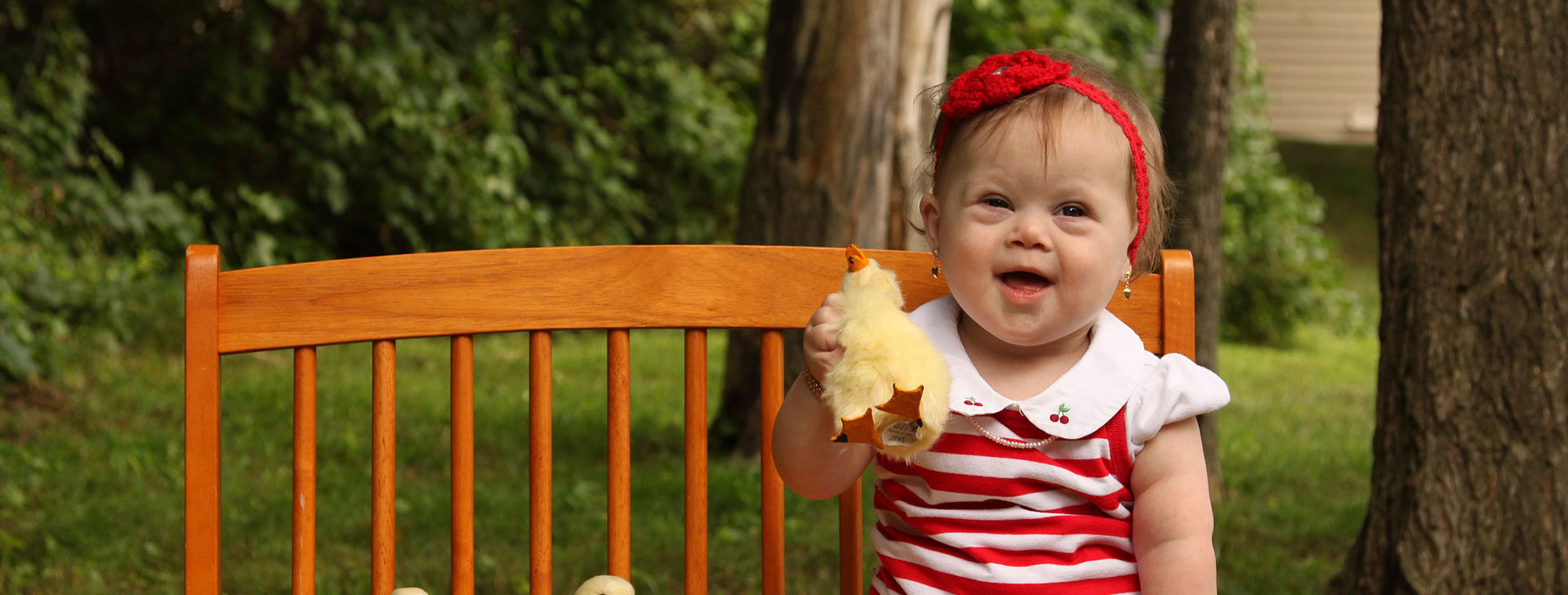Kevin Gurcharran, MD
Assistant Professor
Child Neurology and Epilepsy
Weill Cornell Medicine
Infantile spasms has many potential causes. The clinical course and outcome can vary from patient to patient. Below I will describe some cases to illustrate just how variable infantile spasms can be.
“Maybe I’m being just a crazy anxious mom, but I think something is wrong,” is what a mother said in my office with her 6-month-old son who has Down syndrome. Her son started doing some strange movements, but had a history of reflux so his pediatrician recommended to watch and wait for a bit. As the month went on, the events increased and did not seem to be related to his feeds. He seemed less alert and attentive. He was slow to start rolling over but was doing well by the time he was 5 months and then stopped altogether a few weeks after the movements started. Mom again was reassured by her doctor and was told: sometimes kids with Down syndrome have developmental issues; it’s probably okay. Mom had 2 older children who did not have Down syndrome but did have reflux and this seemed different. His milestones going backward and the changes in behavior seemed off. For Mom, the combination of things with the movements seemed too much like a coincidence. She decided not to wait and watch any longer and came to see me based on her own feeling. Given the events, I had them do an electroencephalogram (EEG), which confirmed the diagnosis of infantile spasms. The child was treated with ACTH. With resolution of the infantile spasms in about 3 weeks he regained the milestones he lost. His development has been on par to other children with Down syndrome for his age and so far he has not developed any further seizure types.
“He just seems different lately.” A mother, father and their 9-month-old son with Down syndrome came in with three weeks of abnormal movements at the recommendation of their pediatrician. In addition to the spasm movements, he seemed more irritable, was less interactive, and was having a hard time with staying in a seated position. On my physical exam his left arm and leg seemed to be more stiff than the right side and he seemed to use his right hand more than his left. His EEG confirmed the infantile spasms. He had an MRI of his brain done as well and it showed evidence of an old stroke over the left side of his brain (the brain controls movements for the opposite side of the body), which was a shock. In retrospect the parents remember that there were some problems with his heart rate during delivery and they were almost going to do a C-section but were just able to avoid it. With treatment, his seizures improved in a month. His development has progressed, but been slow. Walking didn’t happen until age 2 years. His right-sided weakness became more apparent over time especially when standing or walking, but with physical therapy it improved a bit. Mentally, he still always seemed a little slower when compared to his peers. He has not developed other seizures/epilepsy to this point.
“I just don’t understand how this could happen.” An 18-month-old girl and her mom visited for spasm episodes for two weeks. Despite having Down syndrome, her development was on par with her peers and she didn’t have any other medical problems. They were at a playdate when she did the spasms and the friend’s mother, who has a child who had infantile spasms, recommended they get it checked out. The EEG confirmed the infantile spasms. Medical therapy got rid of the spasms after 2 weeks but 4 months after the therapy ended the spasms returned and she received a 2nd round of therapy, which did stop the spasms again. Unfortunately for her, she never fully recovered. Her development stopped completely and she eventually was mostly in a wheel chair. She developed the epilepsy syndrome known as Lennox Gastaut Syndrome and requires the long-term use of three daily anti-epileptic medications to control her seizures. Despite early identification and treatment, she still had a poor outcome.
As a whole, pediatric neurologists are invested in identifying and treating infantile spasms early because it is one of the few types of epilepsy that we could potentially “cure” and then prevent, or at least mitigate, that risk of long term epilepsy and poor neurodevelopmental/cognitive outcomes. Because children with Down syndrome can have so many other potential medical and developmental problems, identifying that something is wrong can be very difficult. So when in doubt, see a professional who can further help to clarify things. While it’s not always certain that they will “get back to normal” with treatment, the earlier we have the opportunity for treatment the better the chances are to avoid a poor outcome. It has been shown that children with Down syndrome do tend to respond well to ACTH treatments, making identification all the more important. One of the difficult aspects can be administration of ACTH, which is an injection, and sometimes having nursing services can help both the caregivers and the child with adjusting to giving the intramuscular injections. Additionally, other than medical treatment, therapies like speech, occupational, and physical are often important parts of the recovery process so identifying other diseases or syndromes that are happening in addition to Down syndrome helps to optimize all areas of care.
At Cornell, our goal for all of our patients is not just to treat their seizures, but to reduce the burden of the disease on the patient as well as maximize their potential. This goal especially rings true for children with Down syndrome who may already have developmental concerns and less of a reserve than other children. I hope that this can raise awareness to caregivers of patients with Down syndrome as you are our patients’ biggest advocates and it is our partnership that will ultimately help better the lives of the children.

